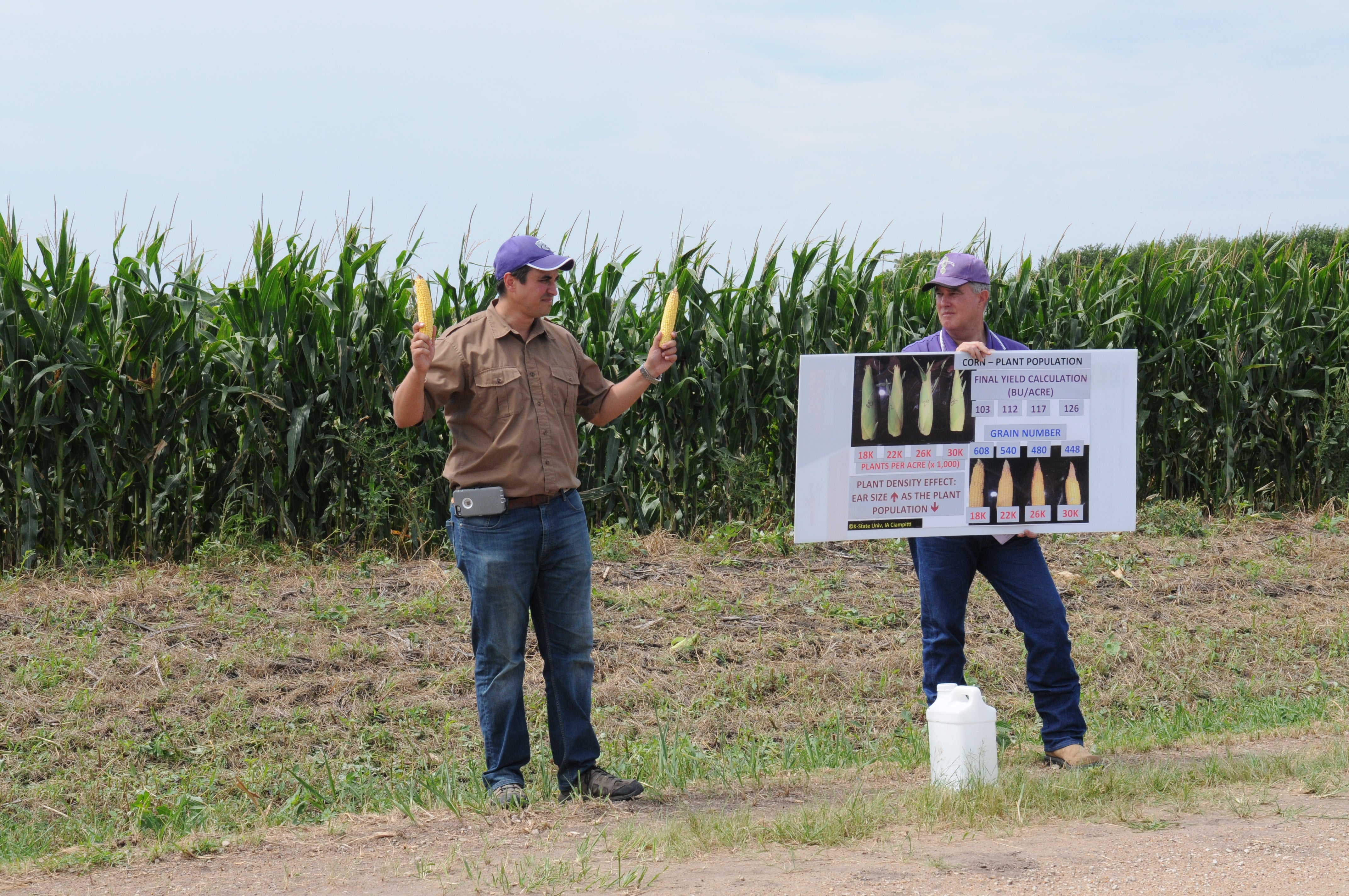
5 gigabytes of data is the equivalent of up to 1.6 million emails. (Photo credit: Flickr user Judd McCullum)
Modern farm equipment comes more outfitted than a fully loaded car. These precision farming machines are furnished with multiple sensors that collect data during planting, nutrient application and harvest. A typical farmer now has 5 gigabytes of data, five seasons’ worth, in storage.
This trove of data promises to revolutionize farming, giving farmers unparalleled insights for business and stewardship decisions. Unfortunately, the data collected tends to stay on equipment hard drives, greatly reducing its usefulness to farmers.
A new partnership between John Deere and Cornell University promises to change that. Ag-Analytics, a Cornell data platform, syncs with John Deere’s Operation Center and makes it easier than ever for farmers to access and analyze farm data. Cornell is the first university to integrate with John Deere, and the analytical tools now available to farmers include a crop insurance estimator and yield and risk management forecasts. Read More










 Amidst all the new tools and technologies being developed to make agriculture more sustainable, there is one tried and true method for testing on-site conservation practices that doesn’t get much attention: farmer networks.
Amidst all the new tools and technologies being developed to make agriculture more sustainable, there is one tried and true method for testing on-site conservation practices that doesn’t get much attention: farmer networks.